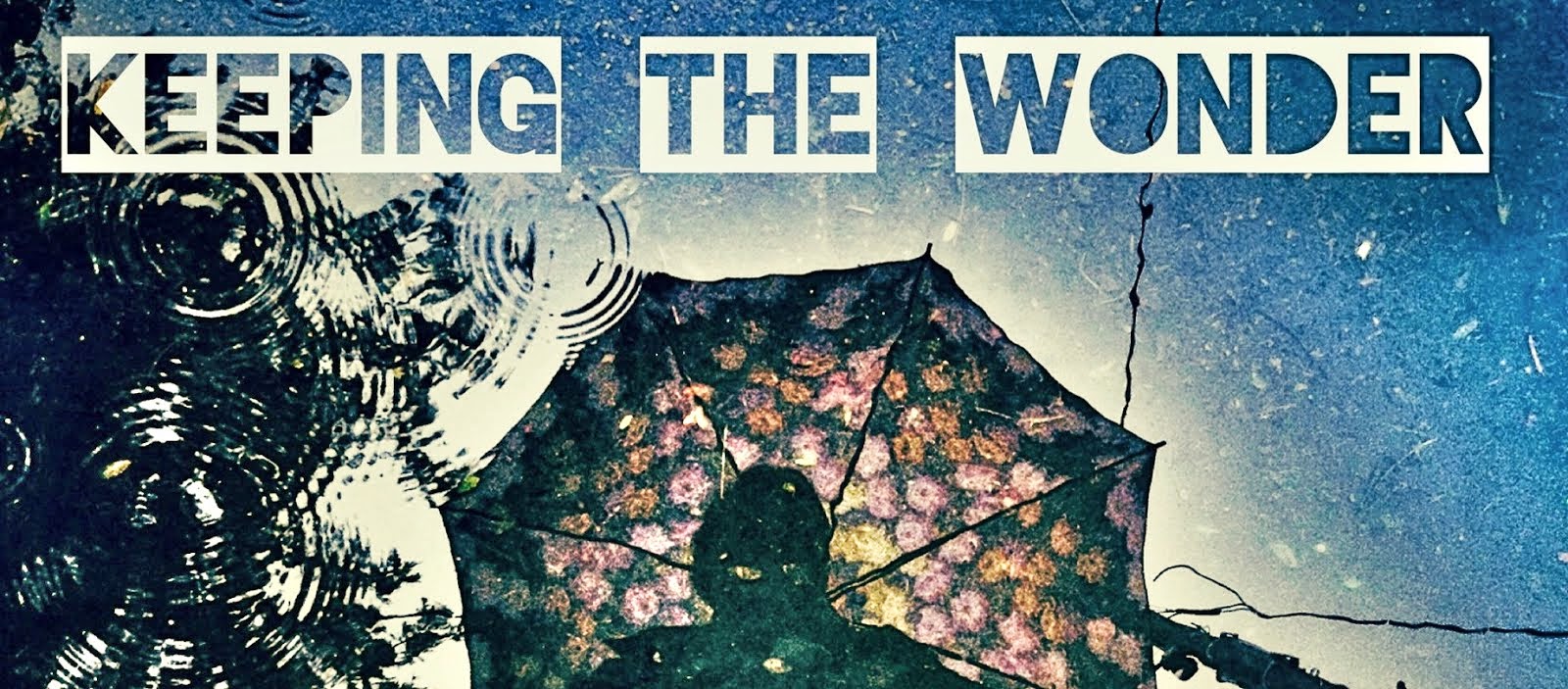So. I took an advanced oil painting workshop this month. It was awesome. The instructor is a phenomenal painter & teacher. I didn't really learn that much, but just hearing what I already knew repeated was great for me, & being surrounded by other enthusiastic artists was very inspiring. As we were painting, in the studio & en plein air, we talked a lot about composition, & how a good composition is the no.1 factor in having a good painting. Many people can paint, but you have to be able to draw, to truly paint. Below are several examples of composition. I've mentioned Edgar Payne before; he's so good— here are some diagrams taken from his book:
 |
| "Christina's World" by Andrew Wyeth. This is an excellent triangle formation can be seen here. With your finger, cover up one of the houses. See how instantly the composition becomes uninteresting? |
 |
Balanced scales. "The Last Supper" Leonardo Devinci starts to
combine the Eastern style of a central object that has symmetrical balanced formality, with the gothic Western style of vertical lines throughout the
composition, adding dimension, or a false feeling of depth.
|
 |
| Radiating lines; offset & simplistic. Remember the rule of thirds. Something off set is more pleasing to the eye, then something dead center. |
 |
| Radiating lines. Van Gogh sure must have wanted us to really look at those woman! See how everything is pointing towards them? |
Check out my pinboard of ART to see art I like!
 |
| Watercolor by John Singer Sargent. This composition could be considered a tunnel. The pathway of water draws the viewer further up & further in. |
 |
| S or Compound Curve. Oil by Bob Rohm. See how your eye lazily moves back & forth across the canvas.  Balanced Scales. Everything symmetrical & radiating outwards from the center.This reminds me of child's drawing of a sunshine. A sunshine drawing is so simple, yet anyone who saw it could tell you exactly what it is. The same thing goes for stick figures. People don't look like that. But whenever a child draws a bowling ball circle for a head, & adds a few straight lines coming out from out; immediately the viewer knows it's a person. A child sees the reality beyond surface or fact. When you really begin to look at simple objects, you see how everything is simultaneously relative & abstract at the same time. This paragraph probably lost you, didn't it? (hehe.) |





No comments:
Post a Comment